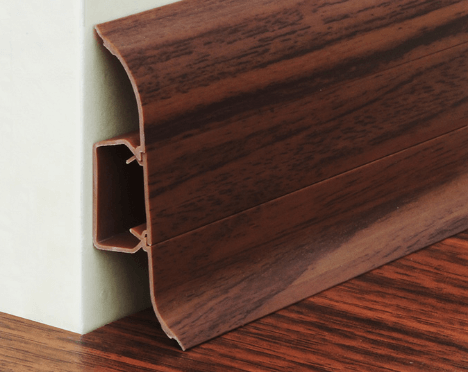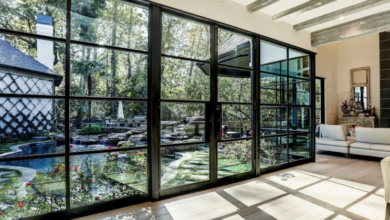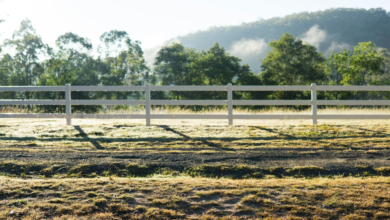“A Comprehensive Guide to Choosing and Installing Skirting Board Covers in the UK”

Skirting boards are often the unsung heroes of interior design. They elegantly bridge the gap between walls and floors, acting as protective barriers to the base of your walls. But what happens when your skirting boards look a bit tired, or worse, they are the outdated bane of your interior aesthetic existence? Fear not, for in the age of home improvement, cover skirting board are a cost-effective and transformational solution to reinventing your space.
Understanding the Purpose of Skirting Boards
Before we don our DIY hats, it’s crucial to understand the intrinsic value of skirting boards. They serve several key purposes beyond aesthetics. Firstly, they protect the base of your wall from the inevitable scuffs and knocks of daily life. Secondly, they hide unsightly gaps where the wall meets the floor. Finally, they can act as a conduit for hiding wiring or dampening echo in a room. Appreciating these functions is essential in choosing the right skirting board cover.
Choosing Your Skirting Board Cover
Selecting the perfect skirting board cover is akin to choosing the right frame for your favourite painting. It should enhance the overall look of your space without overpowering it. There is a multitude of styles, sizes, and materials to select from, each with its own charm and challenges.
Styles and Profiles
Skirting boards come in various profiles — the shape of the board when viewed from the side — such as the popular ‘Torus’ (rounded), ‘Ogee’ (S-shaped), or ‘Chamfered’ (angled). Each profile can complement different interior design themes, from the traditional Torus in Victorian homes to the minimalist Chamfered in modern apartments.
Material Matters
Skirting board covers are commonly available in MDF or solid wood. MDF is a practical choice, being cost-effective, less likely to warp, and easily painted. Solid wood, on the other hand, offers authenticity and durability but comes with a higher price tag. There are also moisture-resistant MDF and specially treated woods for use in kitchens and bathrooms.
Height and Cost Considerations
The height of your skirting board is a personal choice, but typically, the taller the board, the more grandiose the effect. It’s important to measure the height of the room and doorways to ensure your new skirting doesn’t impede the function of your space. Consider the cost — taller skirting boards may require the removal of existing skirting or edging higher cost.
Preparing for Installation
Now that you have your chosen skirting board cover, it’s time to prepare for the installation. There are a few things you’ll need to do before you start hammering away at your walls.
Tools of the Trade
You’ll need a few tools for the job, including a tape measure, pencil, miter saw, coping saw, hammer, screws, and a screwdriver. A reliable adhesive is also crucial for fixing your skirting board to the wall.
Removing Old Skirting Boards
If you already have skirting boards, they will need to be removed carefully to avoid damaging the walls. Use a chisel to pry the board away from the wall, taking care to mark each piece to ensure you can remember its exact positioning for the next stage.
Read also Mastering the Art of Care and Maintenance: Chemical Beakers Unveiled
Installing Your Skirting Board
With your old skirting boards removed, it’s time to install the new skirting board cover.
Measuring and Cutting
Measure each wall individually, as they may not be perfectly straight. Use a miter saw to make precise 45-degree cuts for internal corners and measure and cut one end square with a 45-degree angle facing away for external corners. For the perfect fit, consider using a coping saw to shape the skirting board to the profile of the internal corners.
Fixing the Boards
With your skirting board pieces cut to the perfect size, fix them to the wall using a combination of screws and an adhesive. Ensure each piece is level and straight, making adjustments if necessary.
Filling and Painting
Once the boards are secured, fill any gaps with a suitable filler and sand down the skirting at the edges and any rough spots. Finish off by applying a high-quality primer and painting the skirting in your chosen colour.
Final Thoughts on Skirting Board Covers
Skirting board covers can truly transform a room, adding a touch of class and providing a clean, smart finish. Done right, they are an investment in your home’s interior. Take your time in selecting the right style, consider materials carefully, and ensure you follow the correct installation process to enjoy the benefits of your new skirting board covers. Happy DIY-ing!






